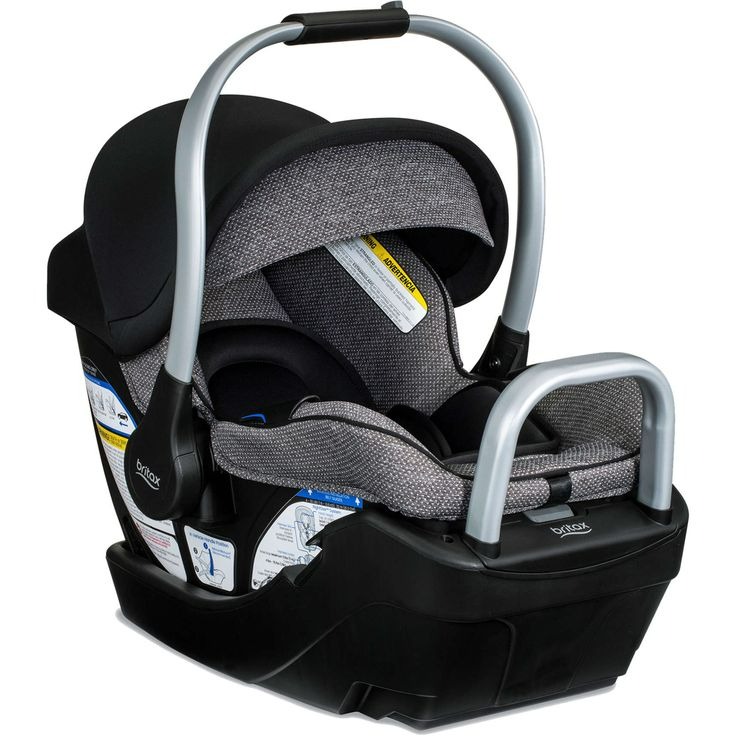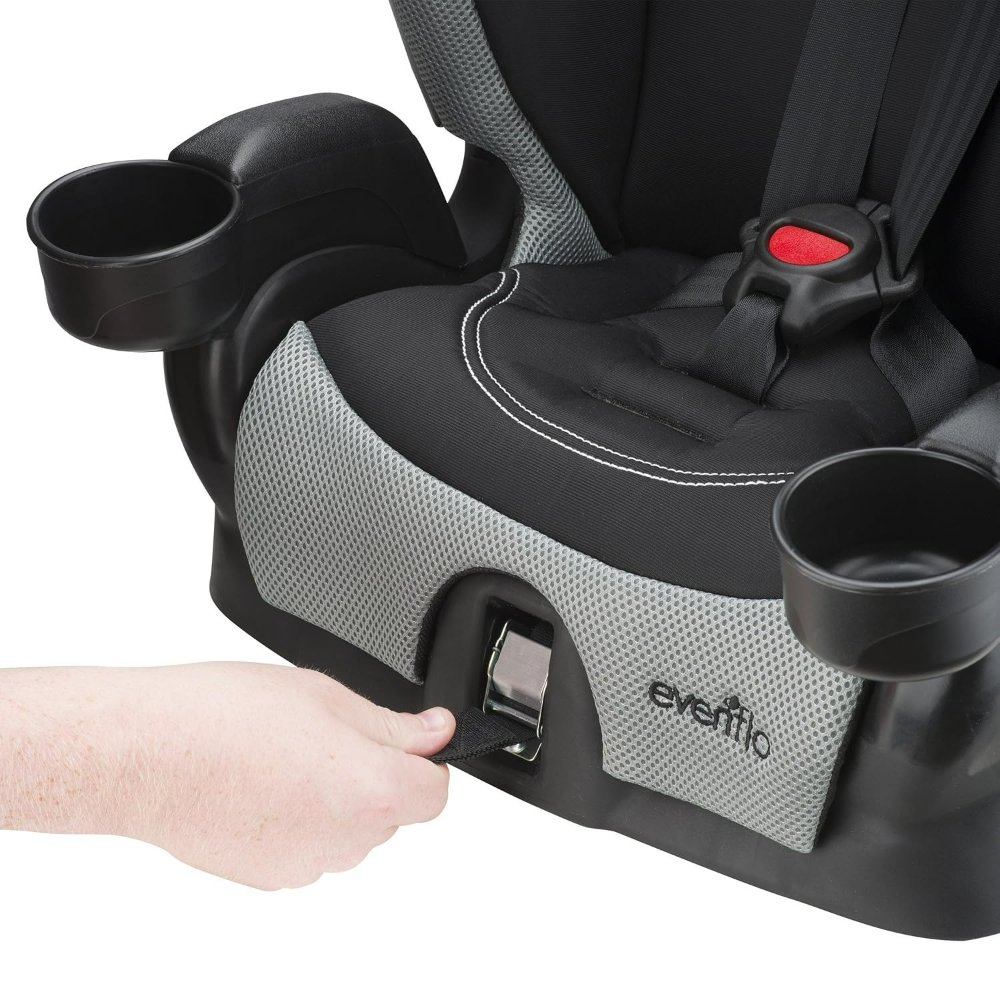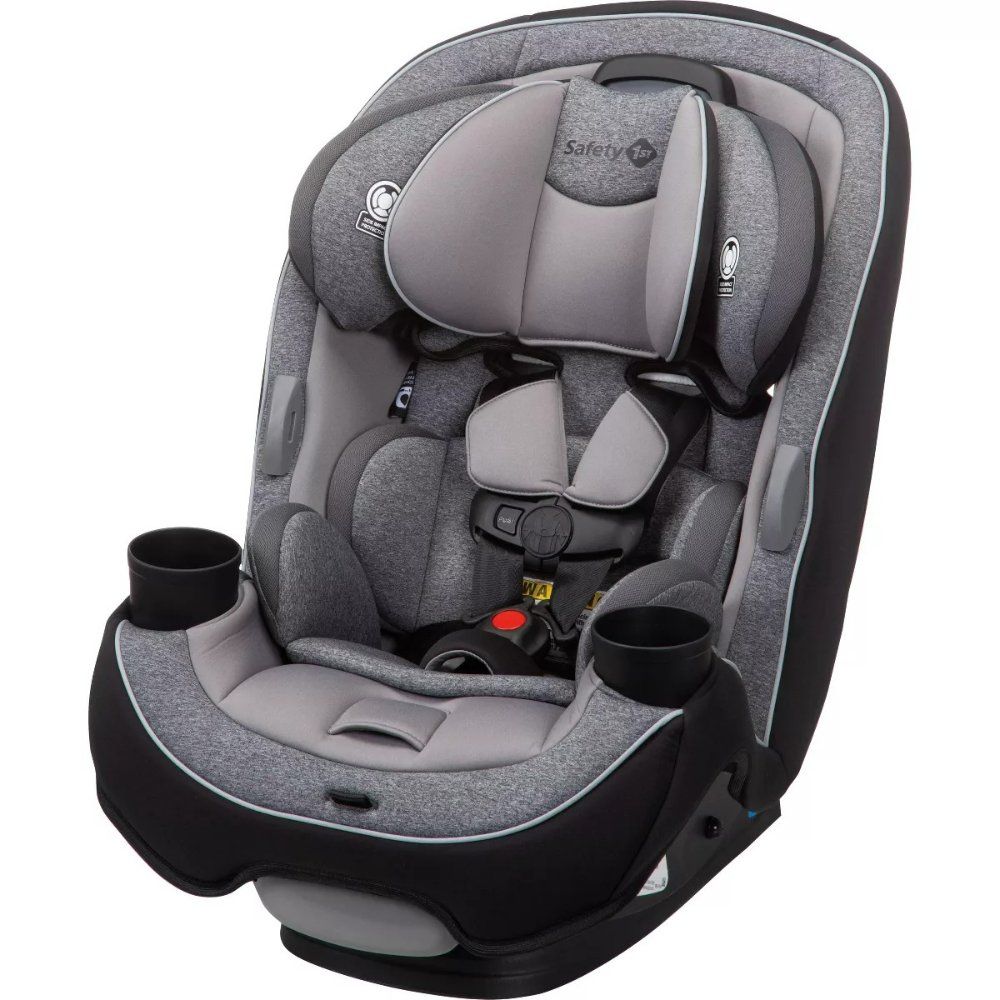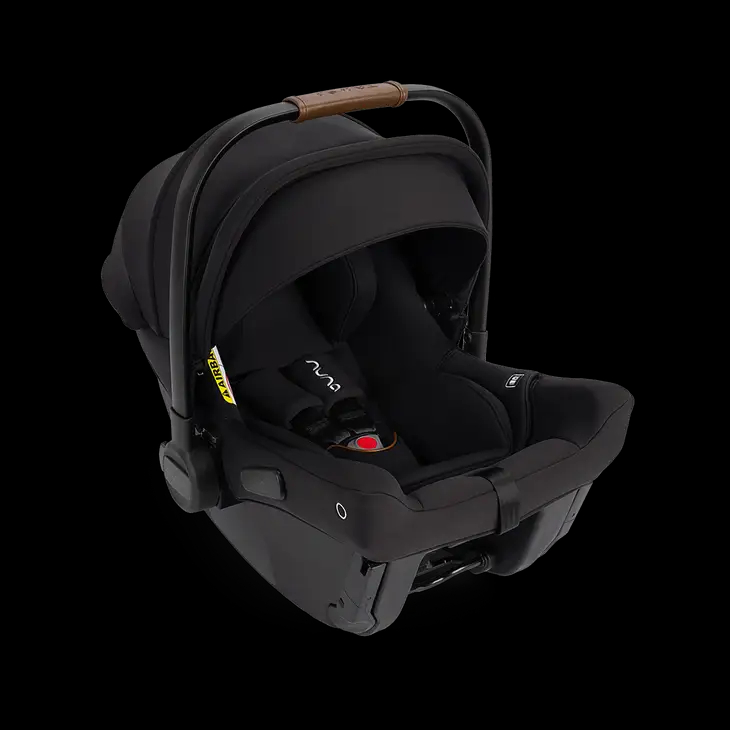Importance of Car Seat Safety
Every year, road accidents pose risks to passengers, especially young children. A child’s safety can largely depend on the car seat they use. Using the safest convertible car seat reduces the risk of injuries during a crash. These seats support a child’s body properly, minimizing the impact. Correct installation and use are key to maximizing the safety benefits of a car seat.
As children grow, convertible car seats adjust to fit their changing size. This makes them a long-term safety investment for families. Parents should not overlook the importance of picking the right seat. It can mean the difference between minor injuries and serious harm. Always choose a seat that meets or exceeds safety standards.

Key Features of a Safe Convertible Car Seat
Identifying the safest convertible car seat involves examining a variety of features. These characteristics ensure the seat will provide the best protection for your child. Here are the key features to consider:
- 5-Point Harness System: This is a must-have for any convertible car seat. It securely holds your child’s shoulders, hips, and between the legs.
- Side Impact Protection: Look for a seat with substantial side padding. This feature offers extra safety during side-impact crashes.
- Adjustable Headrest: An adjustable headrest ensures the child’s head is protected and comfortable. It also grows with your child.
- Easy Installation: The seat should be easy to install. A straightforward process means a lower risk of incorrect installation.
- LATCH System Compatibility: Seats with the LATCH (Lower Anchors and Tethers for Children) system make it easier to secure the seat tightly and correctly.
- Durable Materials: High-quality materials will withstand wear and tear. They also provide stability in the event of a crash.
- Comfort Padding: Padding is not just for comfort; it also cushions your child and provides added safety.
- Easy to Clean Fabric: Accidents happen, so a seat with machine-washable fabric is ideal for keeping it hygienic and tidy.
- Weight and Height Limits: The safest convertible car seat should accommodate a wide range of sizes, catering to your child as they grow.
- Reputation and Reviews: Research the seat’s reputation and read reviews for real-world safety insights.
Selecting a safe convertible car seat is crucial for your child’s protection. Keep these features in mind to ensure you choose the best option for safety and comfort.
How to Read and Understand Car Seat Safety Ratings
When shopping for the safest convertible car seat, understanding car seat safety ratings is essential. These ratings often serve as a guide to determining how well car seats perform in crash tests and safety evaluations. Here’s how to read and understand these important indicators:
- Look for Ratings by Reputable Organizations: Trusted organizations like the National Highway Traffic Safety Administration (NHTSA) provide safety ratings.
- Check the Star Rating: Car seats typically receive a star rating, with more stars indicating higher safety levels. Aim for seats with at least a 4-star rating.
- Understand the Criteria: Learn what each rating specifically measures, such as crash protection, ease of use, and installation clarity.
- Consider Consumer Reports: Beyond official ratings, consumer reports and reviews can shed light on real-life experiences with the seat.
- Compare Ratings: Use safety ratings as one of several factors when comparing different models. Remember that the highest-rated seat must still be the right fit for your child and vehicle.
- Stay Updated: Safety ratings can change with new testing methods or standards. Ensure the information is current for accuracy.
Interpreting car seat safety ratings is just one part of choosing a reliable convertible car seat. Combine what you learn from these ratings with the key features discussed earlier to make an informed decision. Ultimately, the goal is to provide your child with the safest possible journey every time you hit the road.

Installation Tips for Convertible Car Seats
Ensuring the safety of your child begins with proper car seat installation. Even the safest convertible car seat won’t protect your child if it’s not installed correctly. Keep these tips in mind:
- Read the Manual: Before anything, read your car seat’s manual. It has specific instructions for your seat’s model.
- Position Correctly: The middle rear seat is often the safest spot in a vehicle. Aim to install the seat there.
- Use the LATCH System: If your car has the LATCH system, use it to anchor the seat. It’s designed to make installation secure and simpler.
- Check for Tightness: The car seat should not move more than an inch side to side or front to back. If it does, it’s not tight enough.
- Recline Angle: Make sure the seat is at the correct recline angle. It’s important for baby’s breathing and comfort.
- Get It Inspected: After installation, get it checked. Many local fire departments offer free car seat inspections.
- Avoid Second-hand Seats: Unless you know a car seat’s full history, avoid using it. It might not protect as it should.
- Don’t Rush: Take your time to install the seat. Double-check everything before you drive.
Following these steps helps ensure your child’s car seat is installed for maximum safety.
Maintenance and Care of Car Seats for Long-Term Safety
Proper maintenance and care of a convertible car seat is crucial. It extends the life of the seat and ensures ongoing safety for your child. Below are some essential tips for keeping your convertible car seat in top condition:
- Regular Cleaning: Remove dirt, crumbs, and spills fast. Use gentle soap and water for a thorough clean.
- Inspect for Wear and Tear: Check the seat often for any signs of damage. Look for frayed straps or cracks in the plastic.
- Follow the Manual for Washing Guidelines: Consult the car seat’s manual for specific cleaning instructions. Stick to recommended practices to avoid damage.
- Store Properly: If not in use, store the car seat in a cool, dry place. Avoid places with direct sunlight.
- Update Registration: Register your seat with the manufacturer. This way, you’ll get updates on recalls or safety notices.
- Replace After an Accident: Even if it looks ok, replace your car seat after a major crash. It may be structurally compromised.
- Check the Expiration Date: Car seats have expiration dates. Do not use the seat past this date as materials can degrade over time.
- Reuse with Caution: Pass down or donate car seats only if they’re undamaged and not expired. Share the manual too, for safe use.
Caring for your safest convertible car seat ensures its performance for years. Make these practices a part of your routine for your child’s ongoing safety.

The Best Convertible Car Seats on the Market
Choosing the best convertible car seat is critical. The market has a myriad of options. Each has unique features to protect and comfort your child. Here are some of the top contenders known for their high safety standards and user satisfaction.
- Graco 4Ever DLX 4-in-1 Car Seat: This seat has a 10-year lifespan. It offers a 5-point harness and an easy-to-use LATCH system. Its robust frame and plush padding ensure your child’s safety and comfort.
- Britax Boulevard ClickTight Convertible Car Seat: Famous for its ClickTight installation system, it secures tightly in seconds. The seat boasts superior side impact protection and has a range of adjustable features to grow with your child.
- Chicco NextFit Zip Convertible Car Seat: It offers a 9-position headrest. With a SuperCinch LATCH tightener, it ensures a secure fit. It even comes with a removable, machine-washable seat pad for easy cleaning.
- Maxi-Cosi Pria Max 3-in-1 Convertible Car Seat: It has a 3-stage fit for longevity. It also has plush, self-wicking fabrics to keep your child dry and comfortable. Advanced safety technology like Air Protect provides extra side impact protection.
- Evenflo Symphony Elite All-in-One Car Seat: This all-in-one solution is known for affordability and safety. It combines a 5-point harness and e3 Side Impact Protection. This reduces force levels in side impact crashes.
- Safety 1st Grow and Go 3-in-1 Car Seat: A seat that’s easy on the wallet. It also meets rigorous safety standards. It grows with your child and provides impact protection from all angles.
When looking for the safest convertible car seat, consider these options. Remember to check each seat’s compatibility with your car and your child’s height and weight. Aim for a seat that not only meets safety standards but also ranks highly among parents. The safety and comfort of your child come first.
FAQs About Convertible Car Seats and Safety
Choosing the safest convertible car seat comes with questions. Here, we address common concerns to help guide your decision:
- What age is a convertible car seat suitable for? From infancy until they reach the seat’s height or weight limit.
- Can I use a second-hand car seat? It’s not advisable. Unknown history can hide damages, reducing safety.
- How do I know if the car seat fits my child properly? Shoulders must be at or below the top harness slot.
- When should I switch from rear-facing to forward-facing? After at least 2 years old or surpassing rear-facing limits.
- Is it OK to install the car seat beside the driver? The middle rear seat is safer but use a back seat if needed.
- What does the LATCH system do? It anchors the seat to the car, eliminating seat belt use.
- How tight should the harness be? You shouldn’t be able to pinch any extra material on the straps.
- What’s the best way to ensure a tight fit in the car? Press down in the center of the seat and tighten the LATCH strap.
- Should the car seat move once installed? No more than one inch in any direction.
- How often should I check the car seat? Before every trip, ensure it’s tight and the harness is snug.
- What is a car seat expiration date? It signifies when the materials may degrade, usually after 6-10 years.
These FAQs can serve as a quick checklist for parents invested in child car safety. Remember, the safest convertible car seat is one that fits your child, your vehicle, and is used correctly every time.
Legal Requirements and Safety Standards for Car Seats
When selecting the safest convertible car seat, it’s vital to understand the legal requirements and safety standards in place. These laws and standards are designed to ensure that all car seats sold meet certain safety criteria, offering the best protection for your child. Here’s what you need to know about these regulations:
- Mandatory Certification: Car seats must have certification. They should meet federal safety standards before being sold.
- Proper Labeling: Look for a label stating that the car seat meets safety standards set by authorities like the National Highway Traffic Safety Administration (NHTSA).
- State-Specific Laws: Each state has its own car seat laws. These laws address when to switch from rear-facing to forward-facing, and when to transition to booster seats. Make sure to comply with your state’s regulations.
- Age, Weight, and Height Requirements: Car seat safety standards include age, weight, and height limits for different car seat stages. Your child’s seat should match their current size and growth rate.
- Installation Requirements: Proper usage and installation are required by law. Failing to correctly install a car seat might not only affect your child’s safety but also result in legal consequences.
- Updates and Changes in Standards: Safety standards can change as new research becomes available. Stay informed about any updates to ensure your car seat remains compliant.
Always prioritize these legal and safety standards when choosing and using your child’s convertible car seat. A seat that is up to date with these requirements gives your child the highest level of protection while on the road.
